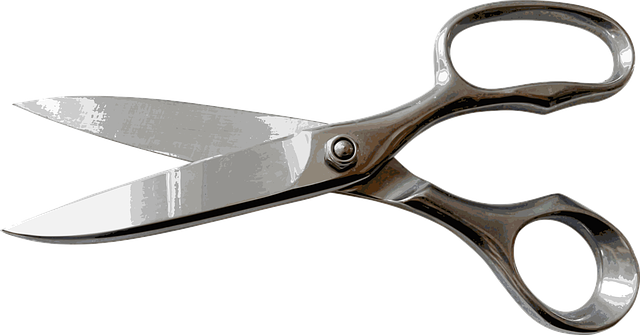Writing Daily
Recently I read an excellent book on novel writing.
It contained many helpful tips and strategies on writing top-quality fiction.
Yet I was very frustrated with the author’s writing mantra.
He claimed that his success in writing was based on one goal he consistently strove for and achieved:
He wrote 3,000 words each day.
I’m all for writing daily, but three thousand words?
Three thousand words!
That may be a viable goal for a novel writer, but what about me?
I’m a children’s writer!

Picture books top out these days at a whopping 800 words and the two chapter book series I’ve recently been under contract to write each have to be 10,000 words max.
One of those series is nonfiction and requires a tremendous amount of research for each paragraph I type onto the computer.
The other series is historic fiction and requires almost as much research as nonfiction.
This hadn’t been the first time I’ve heard a writer’s mantra state that for us to be successful we need to write 3,000 words or so each day.
With this in mind, I decided it was time for someone to invent a new mantra that defines a writer’s success.
For all of us who write for children!
So I decided to give this some thought.
When I write a nonfiction 32-page picture book, it can take me a solid three months of lengthy research to have enough fuel to create accurate text with huge doses of pizazz and kid-appeal.
When I write a 32-page picture book of pure fiction, it can take me three months to study the market, develop a commercial character who tugs at the hearts of kids strong enough to create a potential line of toys, build a compelling plot, and polish my prose till it shines enough to catch my agent’s eye.
When I write a book of 25 reproducible beginning readers (with each story being only one sentence long), it can take me three months to develop clever ideas, draw stick figures for each story’s mock-up, write classroom activities for teachers to use to incorporate the stories into their classroom, and determine which Common Core State Standards each story supports.
When I write nonfiction for middle grades, it can take me a year to prepare the synopsis, travel to take photos of key artifacts, collect images from historic societies, interview my subjects, visit local universities to look for dusty tomes and primary sources, and scour the internet for current discoveries that I can weave into my age-appropriate narrative.
So how can I break all this variety of writing energy into daily, achievable tasks that I can strive to achieve in order to measure my success?
I decided that “chunk” was a good word.
A chunk is a term used when discussing beginning readers and helping young children learn to read.
Here’s how I describe chunks in my how-to-write book, Yes! You Can Learn How to Write Beginning Readers and Chapter Books.
Instead of having entire sentences run horizontally from left to right, beginning readers (especially in the lower levels) divide sentences into vertical chunks so that one sentence might cover four lines of text.
This is done to help younger children gain confidence reading the words in a sentence, one chunk at a time.
I decided that dividing our writing tasks into small chunks can help us as children’s writers to gain confidence and success achieving our daily writing goals, one chunk at a time.
I also realized that no matter how much research I have to do, no matter how much time I have to spend developing kid-appealing characters, no matter how much time I need to work on my plot, it’s important for my self-esteem and self-worth as a writer to write new content for my current project each day.
If not, I can drown in research, get lost in university libraries, and spend so much time developing my characters that they never come to life in my manuscript itself.
So my writer’s mantra is now to write one new “chunk” of text each day.
(Just a note…How do you define “each day”? Personally, I define it as five days a week because I usually take the weekends off for family and friends.)
…One new chunk of text each day.
Just what does this mean?
This means that if I’m writing a 15 chapter early middle grade novel or chapter book, my chunk is to write one chapter each day.
For a 10,000-word chapter book, that’s about 675 words a day.
That’s very doable whether it’s nonfiction or fiction.
For a picture book, a chunk can be one paragraph or scene of the story each day.
For a picture book written in rhyme, a chunk can be one stanza each day.
For a nonfiction book for middle grades, a chunk can be one section in my outline each day.
If you haven’t seen much progress in your writing lately, real achievable progress measured by writing new content each day, make it your writer’s mantra to write one new chunk of text each day, too.
Just take whichever project you’re working on and divide it into workable daily chunks.
Allow time for whatever research you need to do or information you need to gather so that you can actually write that chunk each day.
And then go for it!
Write your daily chunk!
Achieve your daily writing goal!
You’ll be sure to start experiencing success as a children’s writer as never before.
About Nancy I. Sanders
Bestselling and award-winning children’s author of over 80 books, Nancy I. Sanders wants to help you experience success writing for kids!
It’s hard work, yes, but it’s also lots of fun and very, very rewarding.
Learn tips of the trade and secrets of success in her book Yes! You Can Learn How to Write Children’s Books, Get Them Published, and Build a Successful Writing Career.
Learn how to create good titles for your books here.

Note: This post may contain some affiliate links for your convenience (which means if you make a purchase after clicking a link I will earn a small commission but it won’t cost you a penny more)! Read my full disclosure and privacy policies...






